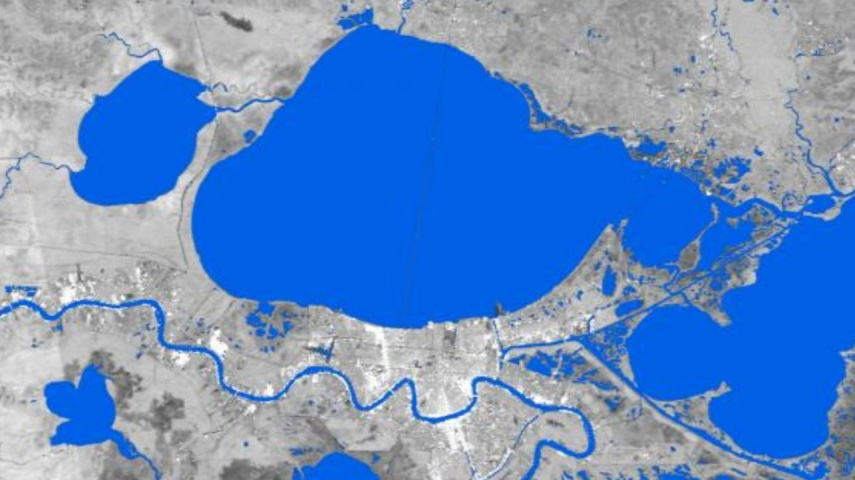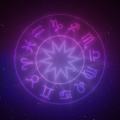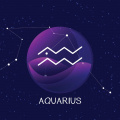New Satellite Technology Can Now Determine Winter River Hazards In The US; Find DEETS Inside
New satellite tech by Alaska researchers detects dangerous open water zones in frozen rivers. This modern technology will help enhance safety for Arctic travelers.

-
University of Alaska Fairbanks scientists use SAR to identify open water zones in frozen rivers
-
Warmer temperatures delay freezing, causing hazardous conditions on Alaskan rivers
The danger that lies beneath the ice surface of Alaska's frozen rivers may seem serene, thanks to their immobility. However, with the shifts in climate due to global warming, their behaviors have been altered, and therefore, dangerous conditions below the ice have become all too common.
However, the future seems brighter after a recent breakthrough that aims to reduce these risks by making it easy to travel through this cold interstate.
Satellite eyes on frozen rivers
Melanie Engram, leading the team of remote sensing scientists, harnessed synthetic aperture radar (SAR), which helped them identify areas of open water amidst frozen rivers.
This scientific breakthrough is about enhancing safety for people living in Alaska, but it could also positively impact other parts of the Arctic region where similar dangers still exist.
Engram’s team zeroed in on simplicity because they wanted to differentiate between solid ice and treacherous voids in frozen channels as a methodology for developing open water zones.
This is different from previous studies that dealt with different types of ice formations. Their approach fast-tracked identifying open water zones, which is important for creating hazard maps necessary for rural travelers.
Facing the threat
Global warming is changing Alaska’s winterscape, and its rivers are behaving differently. Warmer temperatures are delaying freezing processes, causing mid-winter open water zones and premature breakups more frequently.
These changes are detrimental for those using iced rivers for transport, fishing, or hunting. Engram’s study emphasizes the need to adapt like yesterday.
This new technology monitors river conditions between October and January, anticipating timely responses and preventing possible perils from occurring as a result of moving through Alaska’s arterial pathways while they are entirely frozen.

Collaborative effort: Mapping Alaska's rivers
Engram and her team worked closely with various communities and used data collected from eight Alaskan rivers to develop their classification system. By considering parameters such as river volume, width, and sediment load, they tailored their approach to accommodate different kinds of rivers.
Their research illustrates the significance of community involvement and data availability in safeguarding such vulnerable areas. Through partnerships and pioneering satellite imaging techniques like SAR data from Alaska Satellite Facility, researchers can enable communities worldwide to effectively deal with environmental problems.
Alaska’s frozen rivers have been demystified by the ingenious usage of satellite technology. However, this study also demonstrates the way forward for collaborative efforts based on reliable information to manage the Arctic as well as other environmental hazards within which it has set a precedent.
Such innovations provide some hope for navigating North’s frozen frontiers amidst climate change developments.
ALSO READ: 'Miss AI' Pageant revolutionizes beauty standards with social media crowning; DETAILS inside





 JOIN OUR WHATSAPP CHANNEL
JOIN OUR WHATSAPP CHANNEL



































































































